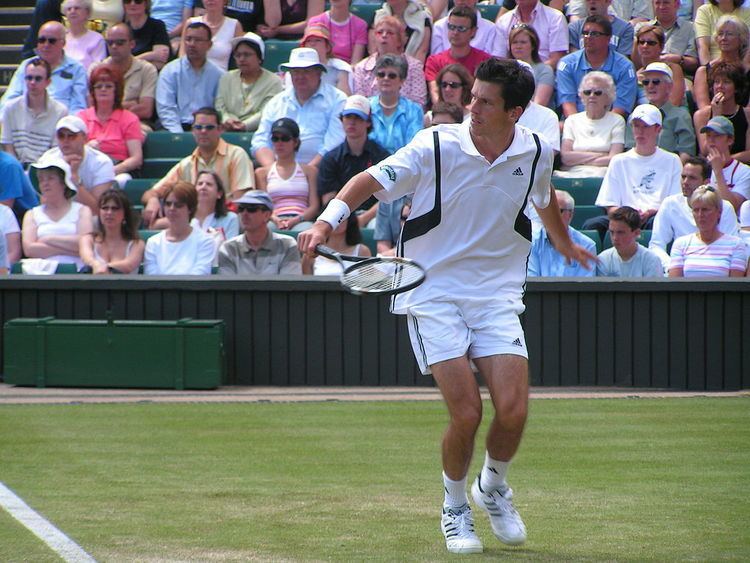 | ||
Wolff's law, developed by the German anatomist and surgeon Julius Wolff (1836–1902) in the 19th century, states that bone in a healthy person or animal will adapt to the loads under which it is placed. If loading on a particular bone increases, the bone will remodel itself over time to become stronger to resist that sort of loading. The internal architecture of the trabeculae undergoes adaptive changes, followed by secondary changes to the external cortical portion of the bone, perhaps becoming thicker as a result. The inverse is true as well: if the loading on a bone decreases, the bone will become less dense and weaker due to the lack of the stimulus required for continued remodeling. This reduction in bone density (osteopenia) is known as stress shielding and can occur as a result of a hip replacement (or other prosthesis). The normal stress on a bone is shielded from that bone by being placed on a prosthetic implant.
Contents
Mechanotransduction
The remodeling of bone in response to loading is achieved via mechanotransduction, a process through which forces or other mechanical signals are converted to biochemical signals in cellular signaling. Mechanotransduction leading to bone remodeling involve the steps of mechanocoupling, biochemical coupling, signal transmission, and cell response. The specific effects on bone structure depends on the duration, magnitude and rate of loading, and it has been found that only cyclic loading can induce bone formation. When loaded, fluid flows away from areas of high compressive loading in the bone matrix. Osteocytes are the most abundant cells in bone and are also the most sensitive to such fluid flow caused by mechanical loading. Upon sensing a load, osteocytes regulate bone remodeling by signaling to other cells with signaling molecules or direct contact. Additionally, osteoprogenitor cells, which may differentiate into osteoblasts or osteoclasts, are also mechanosensors and may differentiate one way or another depending on the loading condition.
Computational models suggest that mechanical feedback loops can stably regulate bone remodeling by reorienting trabeculae in the direction of the mechanical loads.
